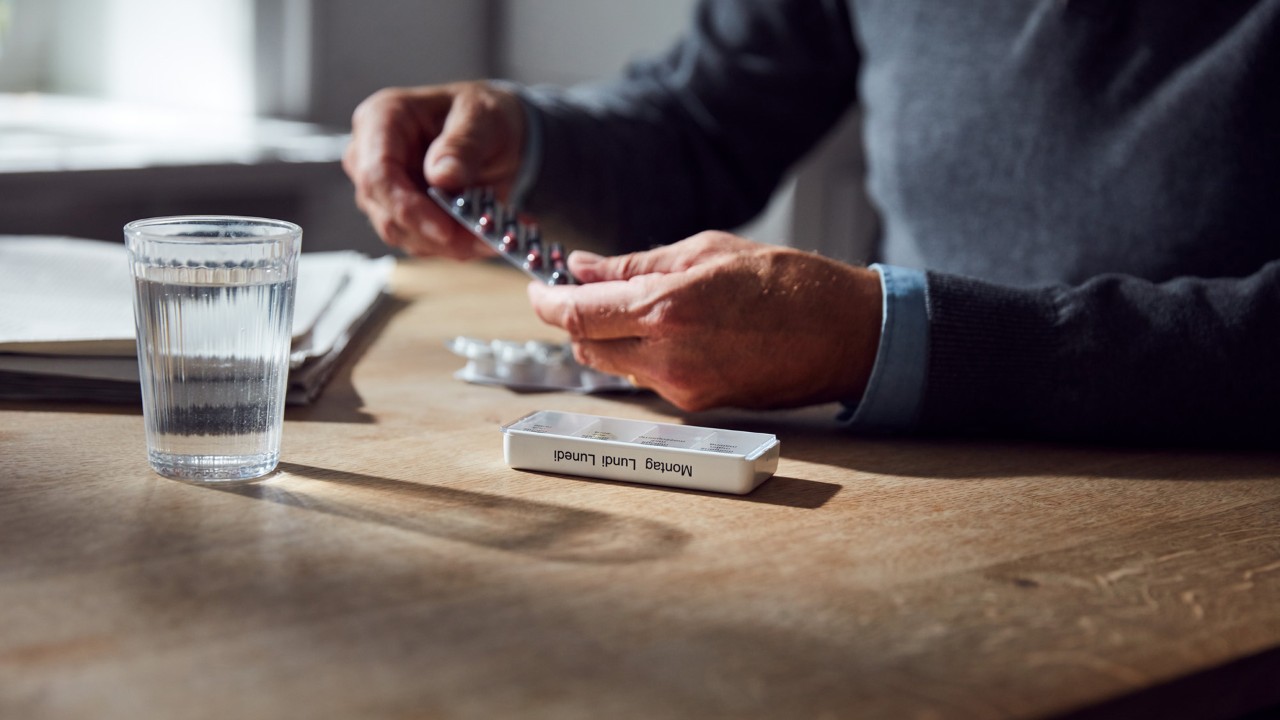How good are generics really?
In Switzerland, only one in five medicines prescribed by a doctor is a generic drug. Patients are still skeptical. But do they work? Six questions, six answers.

In neighbouring Germany, over 80% of patients use generics. In France, too, every third medicine prescribed is an imitation product – in Austria it’s no less than every second. Switzerland, by contrast, is much more reluctant to make the change, with just 22% of all medicines sold here generics, even though they could save us between 300 and 500 million francs.
What are generics? A definition
A generic drug is a medication created to be the same as an existing approved brand-name drug whose patent has expired after 20 years. During these 20 years, pharmaceutical companies have the sole right to sell their own original drug. They set the price to cover the cost of development and research and to generate a profit. After this period, other pharmaceutical manufacturers are allowed to copy the drug and produce imitation products based on the research findings on the original product, which now have to be released. Generic drugs are equivalent to the original in terms of quantity, dosage, composition and formulation. They use the same active ingredients and are taken in the same way. Before being brought to market, they are subject to a standard testing procedure in Switzerland.
Do generics work in exactly the same way as original medicines?
The same effect is said to be achieved when patients are able to absorb and break down a drug’s active ingredients at about the same rate and to the same degree. However, companies are given a little leeway here. The absorption rate of a generic drug’s active ingredient must be between 80% and 125% of the original. As a rule, differences between the generic and original drug come in at around 5%.
This value of 5% is usually not significant, because not every drug works in exactly the same way in every patient. It can be affected by age or sex, for example. With some drugs, however, the speed of action is very important, In these cases, the limits set by the authorities are therefore much tighter.
How do generics and original drugs differ?
Although the range of application and effect are generally the same, generics and original drugs are often not completely identical. For example, there may be differences in colour, aroma, binding agent or preservatives. But this isn’t necessarily a disadvantage. Newly added auxiliary products and an adapted manufacturing process can also improve the imitation version of the drug – making it easier to dose or better tolerated, for example. Intolerances or an allergic reaction to the newly added substances are very rare.
Why are generics cheaper than original drugs?
The lower price has nothing to do with inferior drugs. Generics manufacturers save on a lot of the research work – and thus a great deal of money. To make a profit they therefore need to invest far less money into the drug than the original manufacturer. The approval process also costs less, because the tests are more straightforward. Furthermore, competition increases once a patent expires, often with several other companies offering imitation products with the same active ingredients, and this drives the prices down.
Why aren’t generics so widespread in Switzerland yet?
There are far fewer generics on the Swiss market than in neighbouring countries. One reason for this is that the Swiss market is small and therefore not attractive enough for generics manufacturers. In addition, a drug approved in the EU is not automatically approved in Switzerland. This means it has to run through another approval process based on Swiss requirements.
Generics are subject to strict requirements: with each production run, the original and generic must be produced in the same package size, which means they have to be offered in sizes that are sometimes not profitable. The multi-lingual Swiss market is also an issue, It requires special packaging with German, French and Italian labeling. The result: according to the Federal Office of Public Health (FOPH), generics are still significantly cheaper in Switzerland than the original, but more than twice as expensive as in nine European reference countries.
What needs to be considered when changing from the original drug to a generic drug?
Switching from the original to a generic drug is usually uncomplicated, especially when it comes to over-the-counter drugs such as painkillers.
If you’re taking prescription medication, you should seek advice from the doctor looking after you when changing over. This is particularly important with drugs that have to take effect at a specific moment or where the drug level is important, for example psychotropics or drugs for epilepsy.
In the case of patients who have to take medication on a permanent basis, doctors should carefully consider whether they want to change an already well-adjusted medication in favour of a generic drug. If a change is planned, start with the smallest possible pack as a test and – if you’re taking several medications at the same time – don’t change them all at once. If you’ve decided to switch, you should stick with it and not switch between different products.


